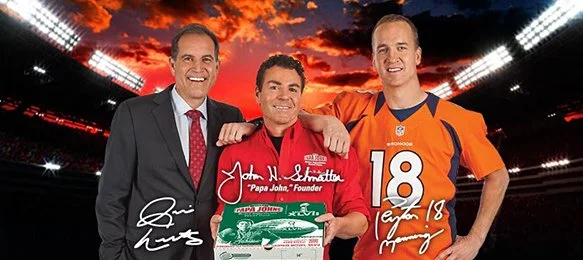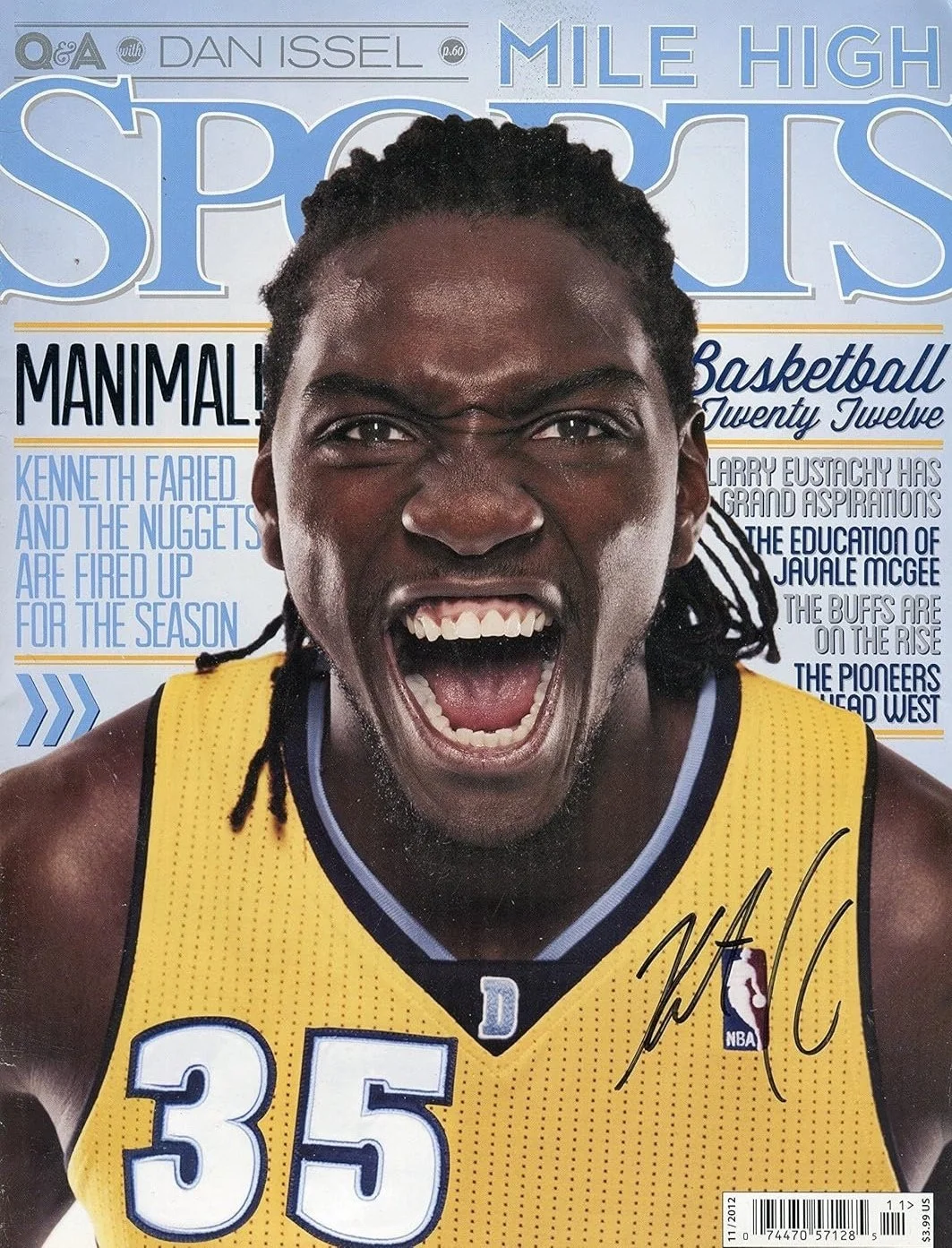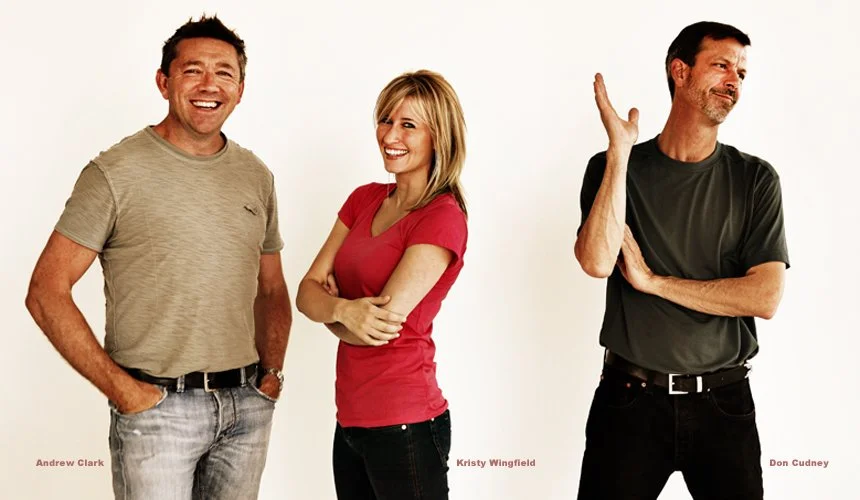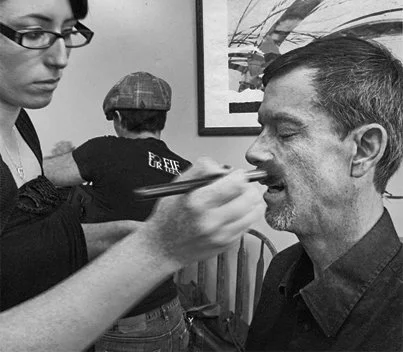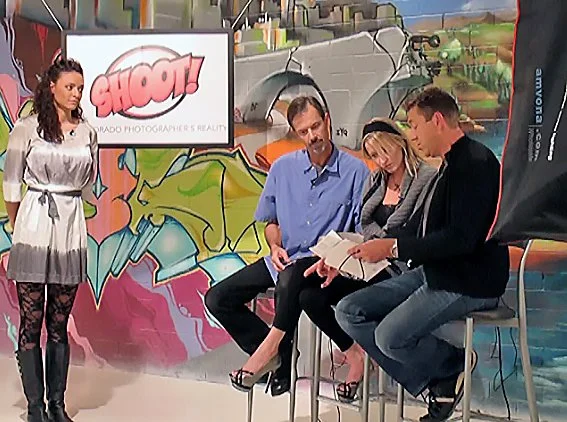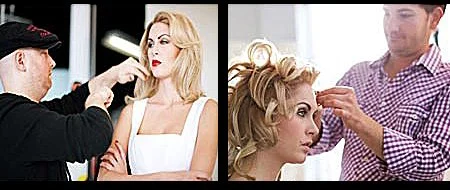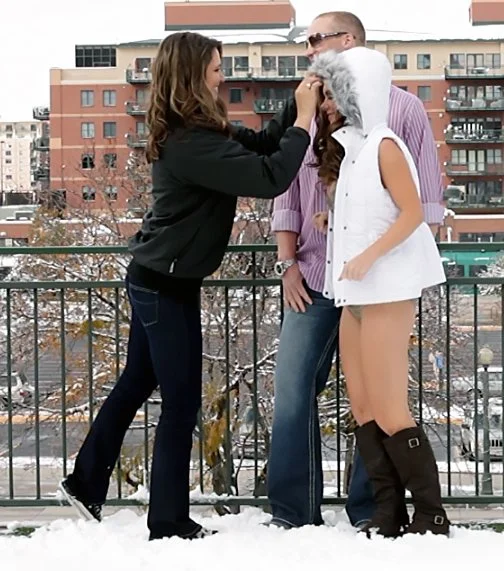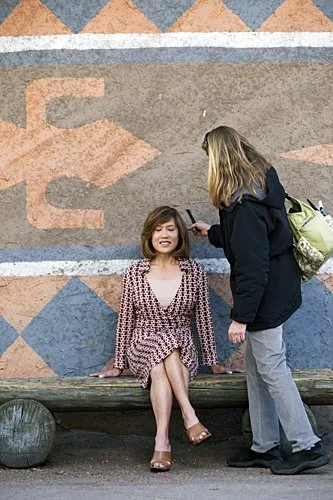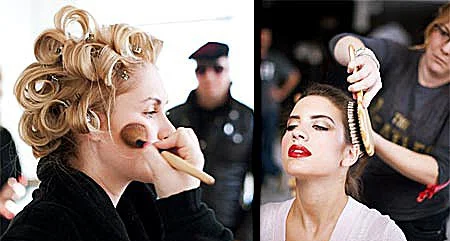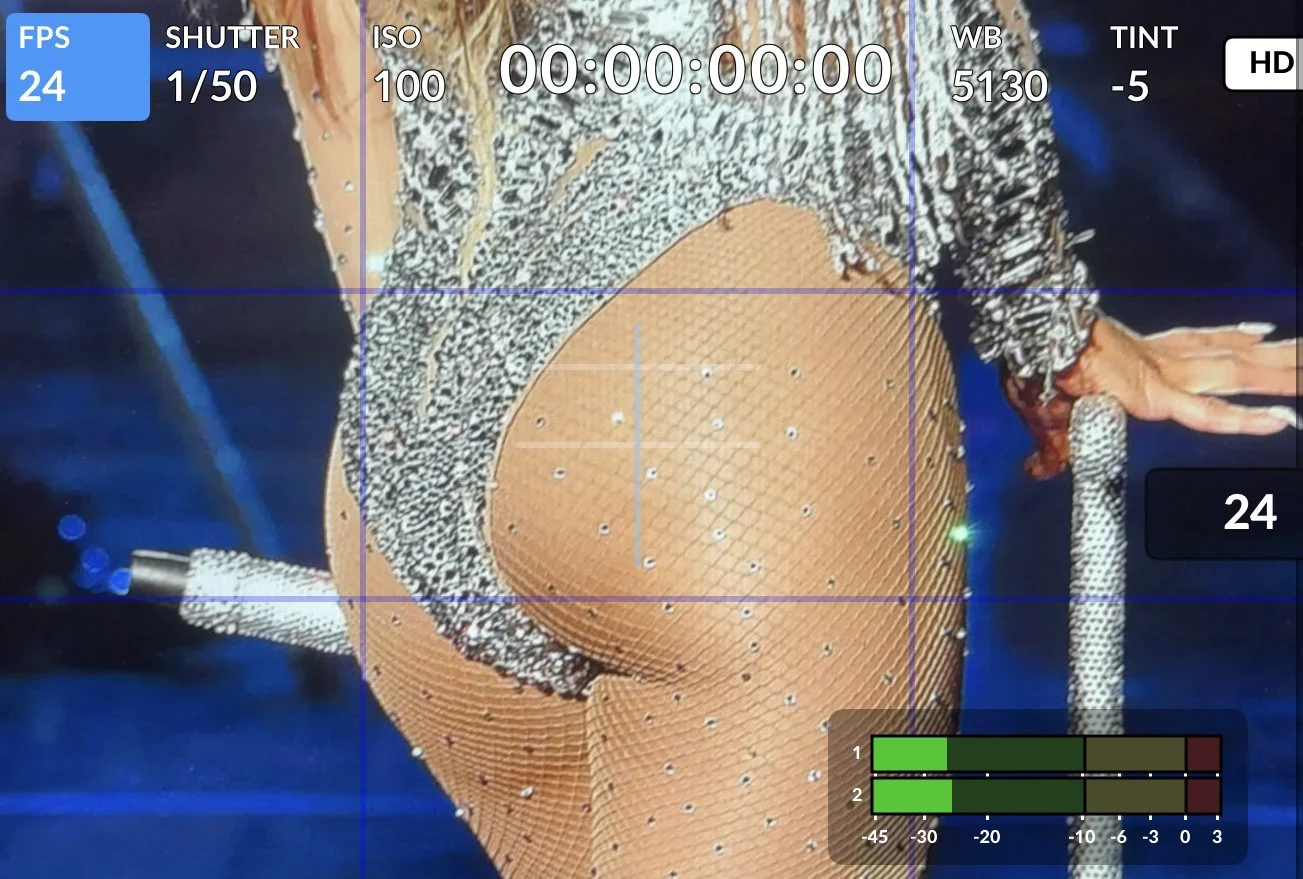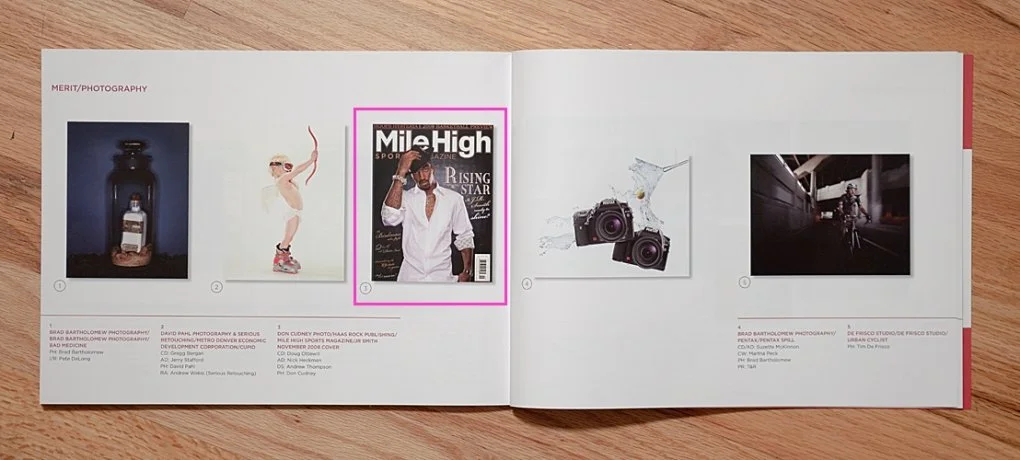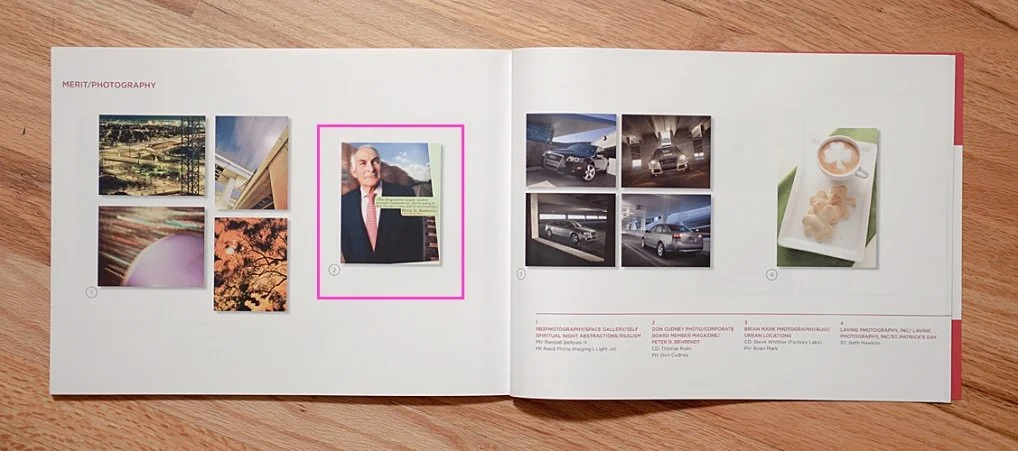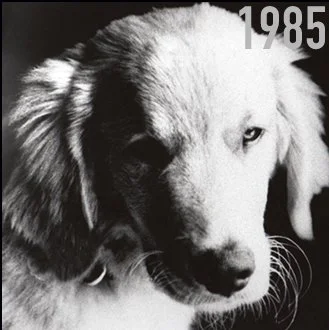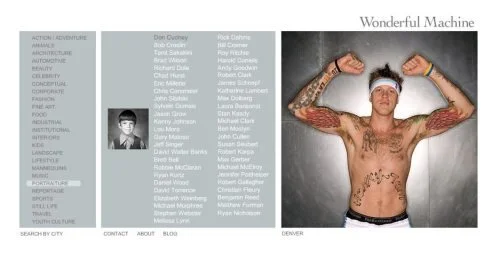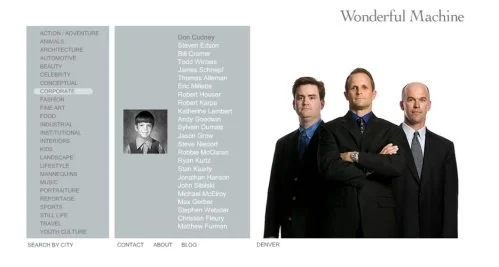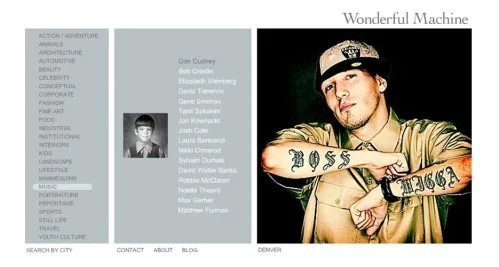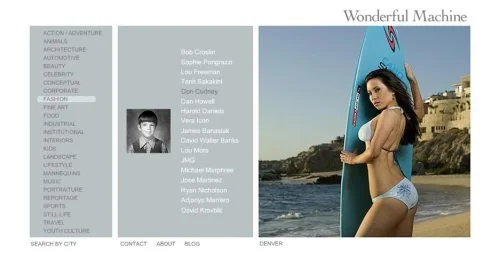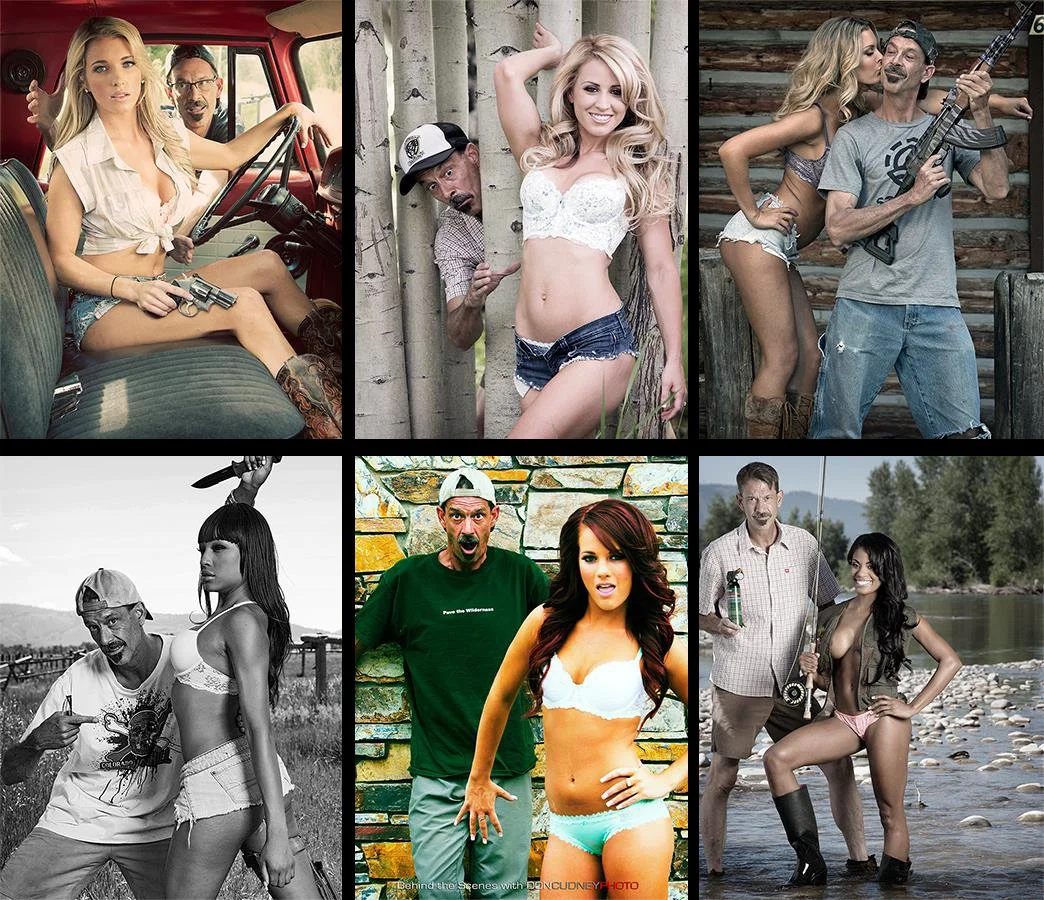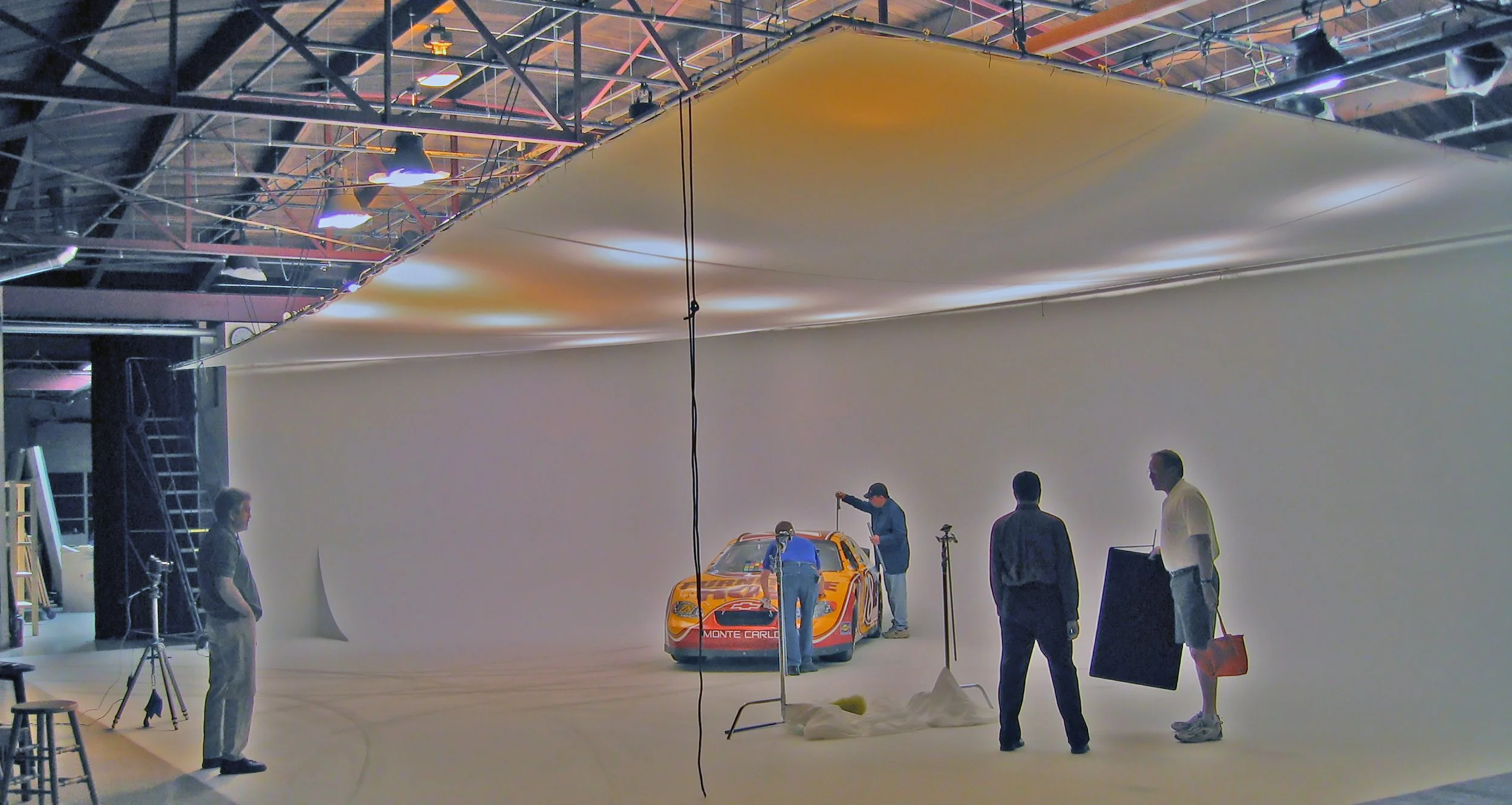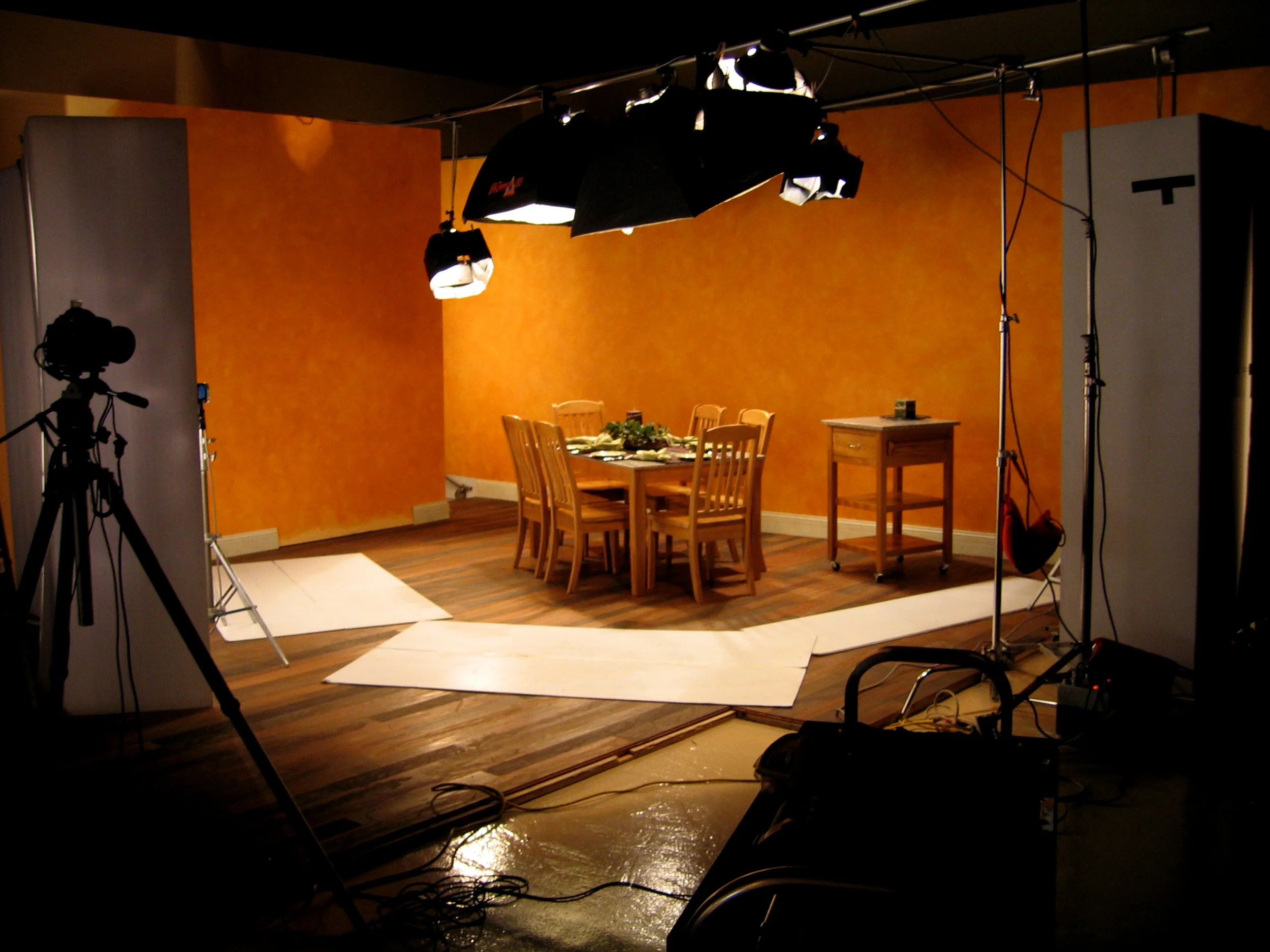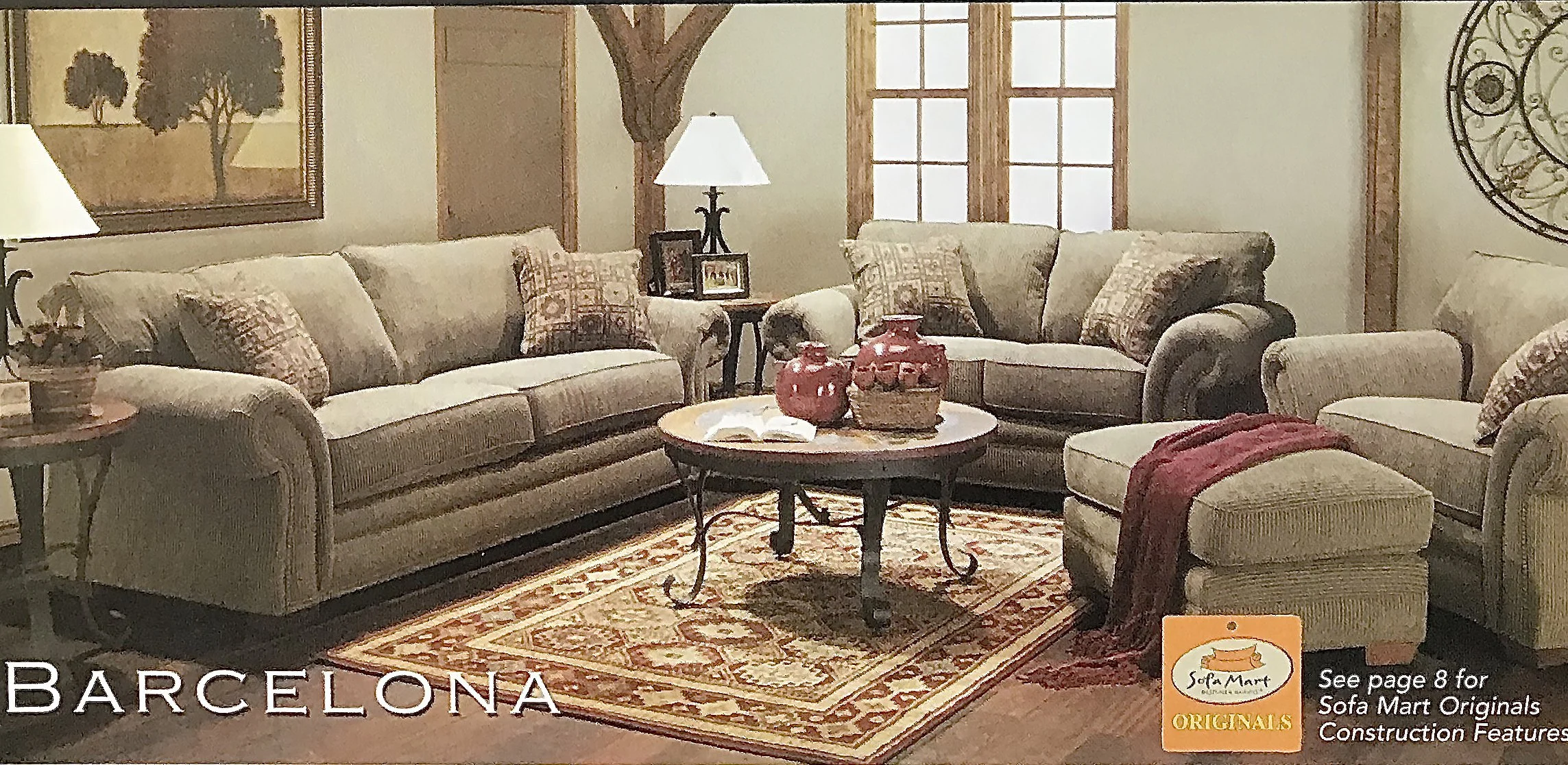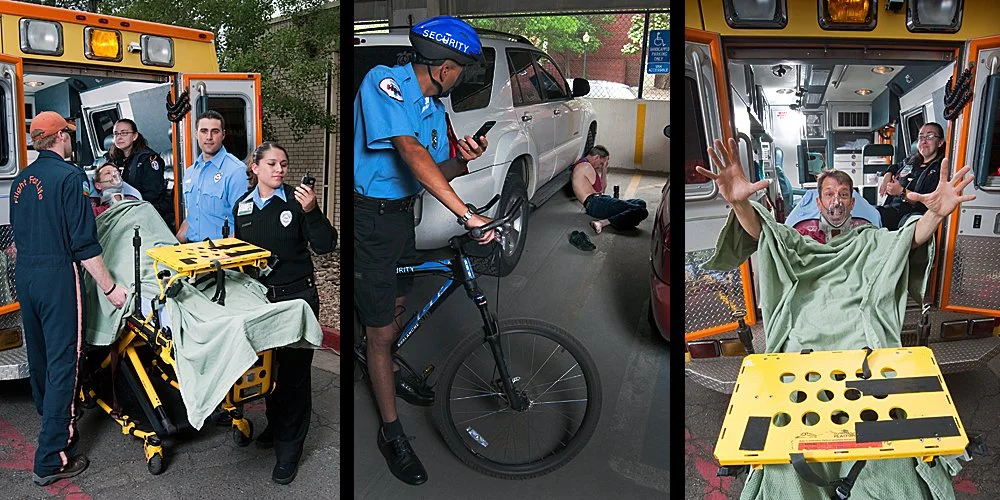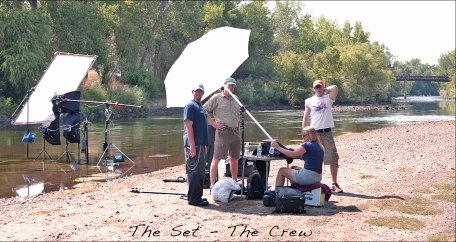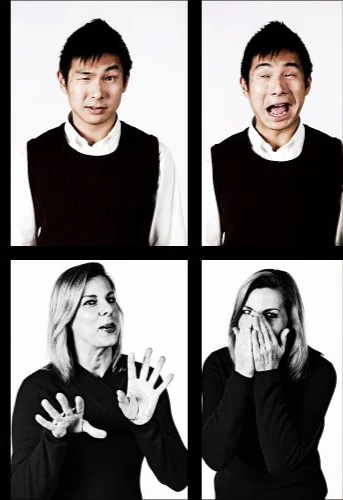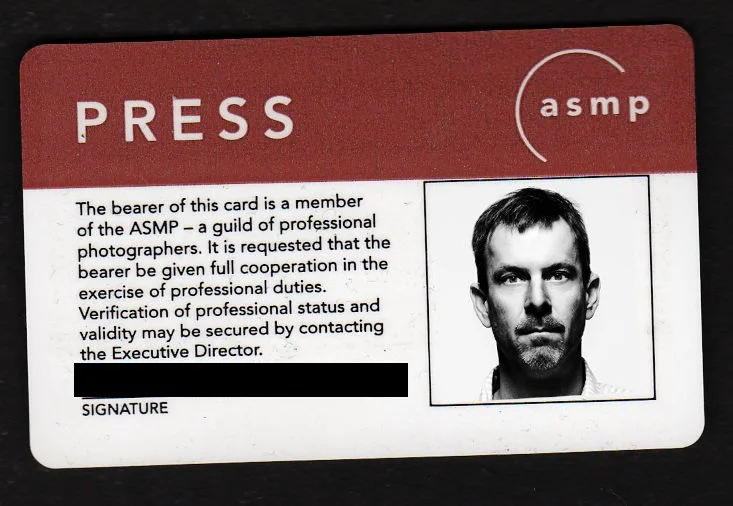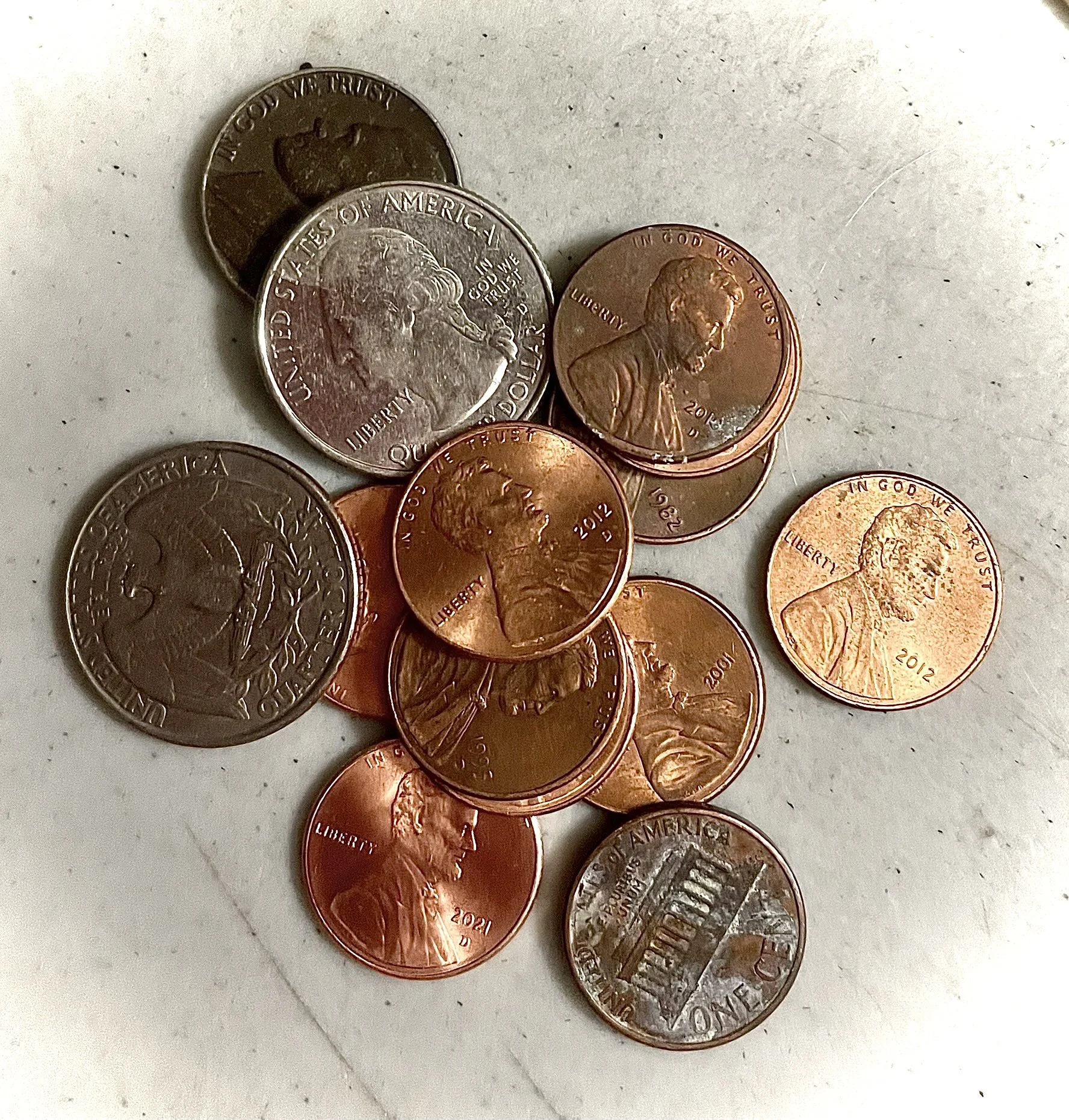This section provides a look behind the scenes at my process: the trusted gear, the creative partners, and the authentic moments that bring each project to life. Whether a quiet portrait session or a fast-paced commercial production, I strive to cultivate an atmosphere that is focused, collaborative, and creatively inspired.
During a celebrity photo session, it’s generally understood that the focus is on capturing a quick shot—no autographs and no small talk.
During this particular shoot for Papa Johns Pizza, we followed a strict shot list, and when the agency rep called, “That’s a wrap,” Jim Nantz and John Schnatter (aka Papa John) promptly walked off set, leaving Peyton Manning standing there alone.
Now, did the ad agency really think I was just going to nod and walk away? Yeah, right. I asked, he said yes, and I’ve never worked for that agency again.
Peyton Manning is easily the most welcoming celebrity I’ve ever met. He showed up on time, without an entourage or bodyguard, and was incredibly down-to-earth. Honestly, he is the nicest celebrity I’ve ever met—period.
Some photo shoots are more fun than others—and working with professional athletes always brings a ton of energy.
My time with Kenneth Faried of the Denver Nuggets was no exception. Known as "The Manimal" for his relentless hustle on the court, he was also famous for his signature scream. The "Kenneth Faried scream" refers to a specific moment during a post-game interview when the former NBA player, surprised by his own stats (19 points and 19 rebounds), shouted, "Right?!" His outburst—complete with some colorful language—became a humorous example of the intensity and passion he brought to the game.
I had my fifteen minutes of fame as a judge on a reality TV show called SHOOT! A Colorado Photographer’s Reality.
It aired on Colorado Public Television (CPT12) and followed a group of photographers competing in weekly challenges around the state. Serving as a judge was equal parts inspiring and surreal. I got to review the work of talented photographers under pressure, provide feedback on the fly, and pretend I wasn’t totally awkward in front of the cameras.
Note: I WAS totally awkward in front of the cameras.
The man is a legend—an icon in the skateboarding world and an award-winning documentary filmmaker.
Stacey Peralta directed Dogtown and Z-Boys (2001), Crips and Bloods: Made in America (2008), and Lords of Dogtown (2005).
I’ve been a skateboarder since I was four years old. For as long as I can remember, I’ve idolized Stacey Peralta. So when I heard he was coming to Denver on a university speaking tour, I knew I had to meet him—and I had to photograph him.
I shot this session on spec, entirely for myself. I didn’t care who bought it, who saw it, or if it ever made it online. I just needed to have that moment.
Months later, I was honored when Concrete Wave Magazine licensed one of the photos for an interview titled Bones Brigade: An Autobiography. But recognition was just a bonus. For me, this one was personal.
When people hear “swimsuit calendar shoot in Cabo San Lucas, Mexico,” they think: margaritas, soft sand, and bronzed perfection. What they don’t picture is me sprinting down a beach with 80 lbs of gear on my back, chasing the last 10 minutes of sunlight.
This wasn’t just any shoot—it was a 16-page swimsuit calendar for the Colorado Crush indoor arena football team, featuring their dance squad in various states of sun-kissed fabulousness. On paper, it sounded like a dream. In reality? It was a sunburned, sand-covered logistical puzzle from hell. Our entire wardrobe of bikinis got confiscated by Mexican Customs, and yes—we had to pay a bribe to get them back. Reliable transportation? Not so reliable. Spending 23 hours a day with even the friendliest people can be… taxing.
Check out the bloopers reel—because behind every perfectly posed beach goddess is a crew of sweaty, sleep-deprived creatives.
Behind Every Great Photo: The Power of Collaboration
Photography is often seen as a one-person show—just a photographer and a camera capturing a moment. But the truth is, great photography is rarely a solo effort. Behind every stunning portrait, fashion spread, or commercial shoot is a team of creative professionals who help bring the vision to life.
A hair stylist shapes movement and texture to fit the mood. A makeup artist enhances features and ensures everything looks flawless under the lights. A stylist curates clothing that tells the story and completes the image.
Without their expertise, even the best photography wouldn’t look nearly as polished or powerful. Behind every great photo is a team of creatives working together to make it shine.
I shot that.
That surreal moment when you spot your imagery on a product label at Walmart. From behind the lens to the shelves—it’s wild to see your work out in the world like this.
“Keep it tight, and keep it in focus.”
I’ve run live cameras for a lot of big-name artists, but nothing tops the night I worked Camera #3 on Jennifer Lopez’s It’s My Party Tour. Every camera operator gets an assignment — maybe a guitarist, a dancer, or a wide shot of the whole stage. That night, I hit the jackpot.
“Camera 3,” the director called out, “you’ve got Jennifer’s bottom tonight. Keep it tight, and keep it in focus.”
Suddenly laughter erupted over headsets. But it was no joke.
And just like that, the highlight of my live camera-operator career became keeping Jennifer Lopez’s most famous asset perfectly framed and in focus.
Layouts & Storyboards
I’ve always loved working with layouts and storyboards—especially in commercial work where every frame has a purpose. Collaborating with art directors who supply such thoughtful visual roadmaps is one of my favorite parts of the process.
Receiving awards and recognition.
Receiving awards for my work has always been an incredible honor, but the recognition that means the most comes from my peers—those who understand the process, the pressure, and the passion behind every project. Their praise reminds me that I’m not just creating images; I’m contributing to a craft we all care deeply about. My love for photography began in a small, unexpected moment: an image I took of my roommate’s dog, Rusty, won first place in a contest held by the Northwest Florida Daily News. Just a year later, the Destin Log published one of my photos—a dramatic shot of a burning home under construction. Getting paid to create pictures—and then receiving praise? I was instantly hooked.
You’re not a professional unless you’re represented.
There’s a big difference between taking good pictures and working professionally. The title “professional” isn’t just about owning a camera or getting paid once in a while. If you're not represented—by an agent, a production company, or a rep agency—you’re not working at a professional level. Representation means you’re vetted. It means clients trust you with real budgets, tight deadlines, and high expectations. It means someone believes your work is strong enough to invest in.
Sometimes the most unforgettable moments happen off-camera, behind the scenes.
I spent ten long—but unforgettable—days in Jackson Hole, Wyoming, shooting a swimsuit calendar for Twin Peaks Restaurants. As the shoot progressed, both visitors and locals started taking notice. By the final day, two locals approached me with the classic question: “Who are you? And why are you surrounded by beautiful women every day?”
It’s a funny moment, but it perfectly illustrates one of the unexpected perks of this career: being in the right place at the right time, surrounded by incredible people, and capturing moments that tell a story even when no one is looking.
Behind every image you see on my site, there’s a story like this—moments of chaos, laughter, beauty, and sometimes a little mischief. That’s the real magic of photography: the people, the stories, and the memories that live just outside the frame.
I was just doing my job—but moments like that remind me why I love this work: the chaos, the laughter, and the stories behind every shot.
“We’re going to need a bigger scrim, Jim.”
Photographing bedroom and living room sets isn’t as simple as snapping a picture. It takes a trailer full of strobes, a cavernous studio to set them up in, and one giant scrim big enough to cover a small ranch house.
I spent a decade assisting my mentor, Jim Yost of Jim Yost Photography, building imagery for Furniture Row Marketing’s Sunday newspaper inserts—bedroom sets, dining tables, couches, and hundreds of little “tchotchkes” to make it all look lived in. If you lived in Denver and you’re over the age of 40, chances are you recycled more of those inserts than you’d ever admit.
That same gigantic scrim even found a second life when Furniture Row needed photos of their sponsored NASCAR #78. Because if there’s one thing you learn in commercial photography, it’s that the same tool you use to tame glare on a coffee table can also make a stock car look like it belongs in a museum.
Early in my career, I lost a job I was bidding on—not because of the quality of my work, but because I wasn’t charging enough for my Polaroids. The account executive called to let me know the client assumed I must be inexperienced since my rates were lower than other photographers. It was a turning point. I learned that in commercial work, perception often carries as much weight as talent—and that pricing isn’t just about numbers, it’s about confidence, value, and how you position yourself.
Who remembers Polaroids?
My first paid photography gig.
My very first paid photography gig was shot on print film along Navarre Beach in northwest Florida, way back in 1988. I can’t remember the models name, but I’ll never forget the day. She was radiant, and I was just a young photographer with a bag full of 35mm print film and more excitement than experience.
We wandered the shoreline, chasing light as it shifted across the sand and water, pausing here and there when a moment felt right. The air was warm, the sea breeze constant, and everything seemed touched by a kind of effortless beauty. By the time the sun slipped low on the horizon, the whole beach was bathed in that golden glow photographers dream about.
I am no model and I can not act.
When I’m not behind the camera or promoting my own work, I’m often assisting fellow photographers, videographers, and cinematographers in any way I can. Sometimes that means stepping in front of the camera to model or act. Honestly, I’ve filled in for so many photographers that I should probably start charging a modeling fee.
Images courtesy of Jim Yost Photography
I should have been a wedding photographer.
At weddings, you pack light: two cameras, a few lenses, a couple flashes, and more batteries than NASA sent to the moon. Done. Simple.
Commercial shoots? Forget it. You roll in with enough equipment to stage an invasion. Cases stacked like Tetris blocks, lights big enough to signal passing aircraft, modifiers that could double as circus tents. You don’t just need a crew—you need a union.
And possibly a forklift.
Film and video productions are big business and can be immensely stressful—but you should never take them too seriously.
Long days on set can be exhausting, but I try to keep the energy alive with quick breaks for relief. One trick I’ve found that always relaxes the models, the crew, and the clients? Funny faces. It’s simple, lighthearted, and a reminder that we’re all just people having fun while creating something together.
I’ll just do it myself.
Despite popular belief, most of the people I photograph or film aren’t professional models. In fact, the majority are business owners, financial advisors, musicians, waitresses, hostesses, entrepreneurs — everyday people just like you. Since they’re not trained models, sometimes they need a little help with posing. And when that happens, it usually brings out some laughter along the way.
You always remember your first.
My first cover and feature came from a rigging assignment I was given while studying at the Colorado Institute of Art—imagery I later licensed to The Denver Entertainer magazine. I strapped $3,500 worth of camera gear to the nose of my snowboard using nothing more than a super clamp and a roll of duct tape, which made the board nearly impossible to ride. Every shot was a gamble, and every frame felt like stealing something from the edge of disaster.
I was a member of the press before it became a bad thing.
Whether you’re a photographer, YouTuber, filmmaker, or student, the American Society of Media Photographers (ASMP) is built to help you succeed.
I was honored to serve on the Board of Directors for the Colorado Chapter, where I saw firsthand how mentorship, collaboration, and community can elevate every creative.
ASMP isn’t just an organization—it’s a lifeline for anyone serious about visual content creation.
“You must have a terrific oven.”
Years ago, while covering the Aspen Food & Wine Classic, I was invited to a lavish dinner featuring one of the world’s top chefs. As I entered the venue, the world-renowned chef (who will remain nameless) noticed my name tag and said, “I love your pictures—they’re wonderful; you must have a fantastic camera.”
I smiled, said thank you, and made my way to my table.
Later, after dinner, the chef was making the rounds, asking guests, “How was your meal?”
When he reached me, I replied, “It was wonderful—you must have a terrific oven.”
The effectiveness of a tool is heavily reliant on the skill and intent of the person using it. While tools are important, they are ultimately just instruments. The user's abilities, mindset, and understanding of the tool's purpose are what truly determine the outcome.
This isn’t art. It’s evidence.
A snapshot of surrender—of being cracked open by life and forced to face what remains. I shot it to remember what it feels like to lose everything.
At that moment, I knew what it meant to be truly penniless. Not just without money, but without worth in the eyes of the world. Stripped of comfort, status, and safety. The photograph became my mirror—proof that I was still here, even when everything else was gone.
I know what it’s like to be homeless, unemployed, and desperate. And I also know what it takes to claw my way back. To rebuild piece by piece until I reclaimed the comfort, status, and safety I once lost. This image isn’t just a reminder of what was taken from me—it’s proof of what I survived.
Social media is essential for marketing because it offers direct access to your target audience, and builds trust through authentic content—especially behind-the-scenes glimpses.
“In an age of automation and technology, the brands that feel most human are the ones that will ultimately win.”



